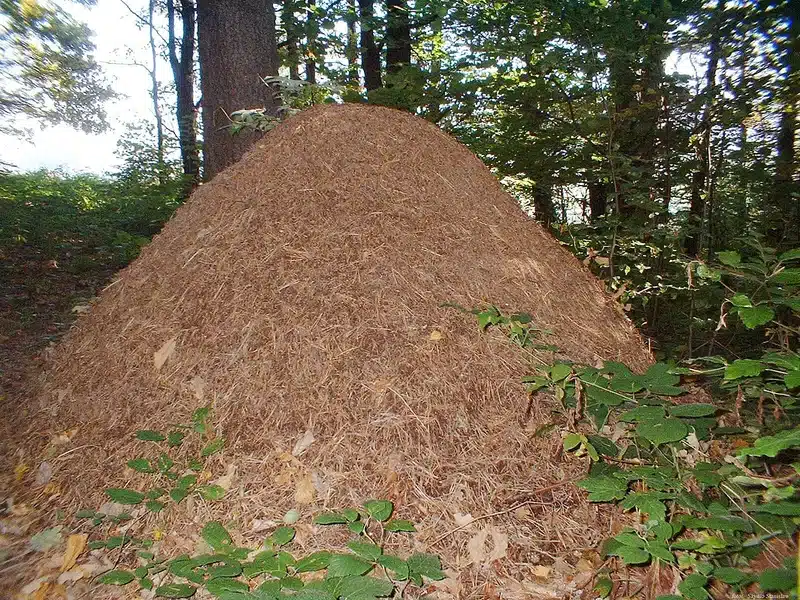In spring, ants in the kitchen or bathroom are a top call for our team. I often spot ant hills in yards that then lead indoors.
Over the years, I’ve guided homeowners on identifying these mounds and treating them with eco-friendly or traditional methods.
Ant Hill Definition and Terminology
An ant hill is the soil mound ants build from their underground nest. It can include soil, plant bits, and tiny stones piled over tunnels. Different species use different materials based on local soil and climate.
Why Ant Hills Form: Ant Behavior and Ecology
Ant hills serve key needs for the colony. They regulate temperature, moisture, ventilation, and protect the brood. Each function helps ants thrive in our yards.
Thermoregulation and Solar Heating in Ant Hills
Ant hills warm quickly under the sun. That heat keeps larvae at 25-30 °C before ground temperatures rise. It’s like a solar incubator in early spring.
Ventilation and Gas Exchange Mechanisms
Hills have tunnels that move air through the nest. Warm air rises in central shafts, drawing fresh air in from sides. This natural flow keeps the nest fresh.
Moisture Control and Drainage Functions
Coarse soil grains drain rainwater, while finer particles hold humidity. This balance keeps eggs and larvae from drying out or drowning. Ants pick materials to match rainfall patterns.
Defense Mechanisms and Brood Incubation Zoning
Elevated mounds warn ants of predators early. Some species even spray formic acid on plants to clear sightlines. Ants also move brood deeper at night to avoid threats.
Common Ant Hill Species in the Mid-Atlantic
In our region, several ants build visible mounds. Each species has unique signs. Identifying them helps pick the right treatment.
Allegheny Mound Ant (Formica exsectoides)
Allegheny mound ants have red-orange heads and build linked mounds up to 0.6 m tall. They kill plants with formic acid to keep mounds sunny. These domes can damage lawns and kill nearby vegetation (NC State Extension).
Field Ants (Formica integra, F. podzolica, etc.)
Field ants make smaller domes in turf. They vary mound size based on soil temperature. Mowers often dull blades when hitting these low mounds.
Pavement Ant (Tetramorium immigrans/caespitum)
These 3 mm dark ants nest in cracks. Their fine sandy mounds appear near patios and walkways. Colonies may host several queens and thousands of workers.
Hybrid Imported Fire Ants (Solenopsis ×)
In far-SW Virginia, hybrid fire ants now appear. Their 30-60 cm tall mounds pose sting risks and high colony density. Report sightings to your local extension (VCE).
Carpenter Ants (Camponotus)
Carpenter ants don’t form soil mounds. They tunnel into damp wood, leaving wood shavings called frass. Finding frass near structures points to these ants (UMD Extension).
How to Identify Ant Hills in Your Yard
Spotting the right mound helps target treatments. Check location, size, soil, and ants themselves. Each clue narrows down species.
Mound Location, Size, and Shape
Allegheny ants favor sunny slopes. Field ants stay in open turf. Pavement ants nest in concrete cracks. Note mound spread and height.
Soil Texture and Construction Materials
Formica mounds use coarse soil and twigs. Pavement ants prefer fine sand. Watch for twigs or silt sealing tunnels after rain.
Recognizing Worker Ants: Size, Color, Petiole Nodes
Collect a few workers in alcohol and note size, color, and petiole nodes. You can compare them with our Worker Ants 101 guide.
Seasonal Activity Patterns and Swarm Flights
Formica ants fly April-June. Pavement ants swarm May-July. Carpenter ants swarm June-August. Record the timing for clues.
Differentiating Ant Hills from Termite Mounds
Ants have elbowed antennae and pinched waists. Termites show straight antennae and equal wing pairs. Check insects, not just the mound shape.
Benefits and Drawbacks of Backyard Ant Hills
Benefits:
- Soil aeration and improved infiltration
- Natural pest control by ant predation
- Seed dispersal in lawns
Drawbacks:
- Unsightly mounds that snag mower blades
- Stinging risks from fire ants
- Vegetation kill zones by some species
- Potential indoor trails
When to Treat an Ant Hill
Treat only when ants pose a risk or the lawn looks messy. If the mound is far from play areas, you may leave it. Consider stinging species, lawn use, or indoor trails.
Safety and Stinging Species Considerations
If you spot fire ants or aggressive species, treat quickly. Their stings can injure household members. Prompt action reduces harm.
Aesthetic and Lawn Use Impact
Large mounds can ruin lawn games and dull mowers. Homeowners who host outdoor events may need to remove mounds. Appearance matters for curb appeal.
Structural Risks from Carpenter Ant Satellites
If ants move indoors in wood, they can cause structural issues. Carpenter ants leave frass and tunnel in damp wood. Address these ants to protect your home.
Invasive Fire Ant Infestation Criteria
High mound density or aggressive swarms means infestation. Hybrid fire ants can host multiple queens. Report new finds to local extension services.
Non-Chemical Ant Hill Treatments
Start with simple fixes before chemicals. Mechanical and water methods often move mounds. Repeat actions force ants to relocate.
Mechanical Disturbance and Raking
Flatten mounds with a rake or shovel. Repeat every few days. Ants often abandon repeatedly disturbed nests (Iowa State Extension).
Water and Boiling Water Drench Methods
Flooding with a hose disperses soil but rarely kills the queen. Boiling-water drench (3 gal at >95 °C) can reach 60% mound success. Use caution to avoid burns.
Habitat Modification: Mulch Management and Wood Removal
Trim mulch away from foundation and seal cracks. Remove rotting wood and store firewood off the ground. This limits nest sites for pavement and carpenter ants.
Organic and Biological Anthill Baits
Organic baits use natural toxins that ants carry to the nest. Spinosad-based granular or liquid baits work in 2-4 weeks. They have lower impact on non-target insects.
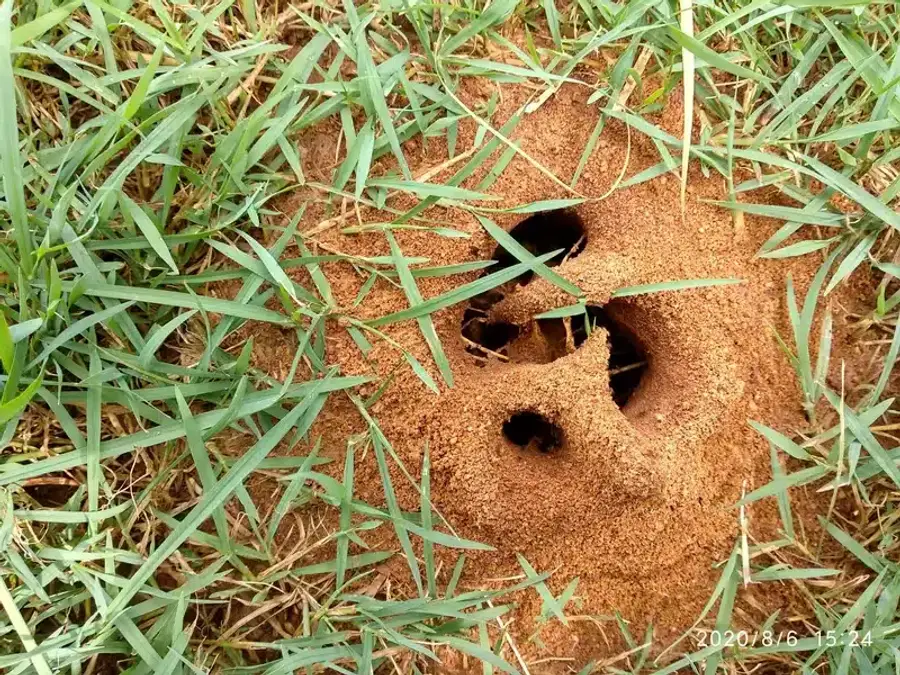
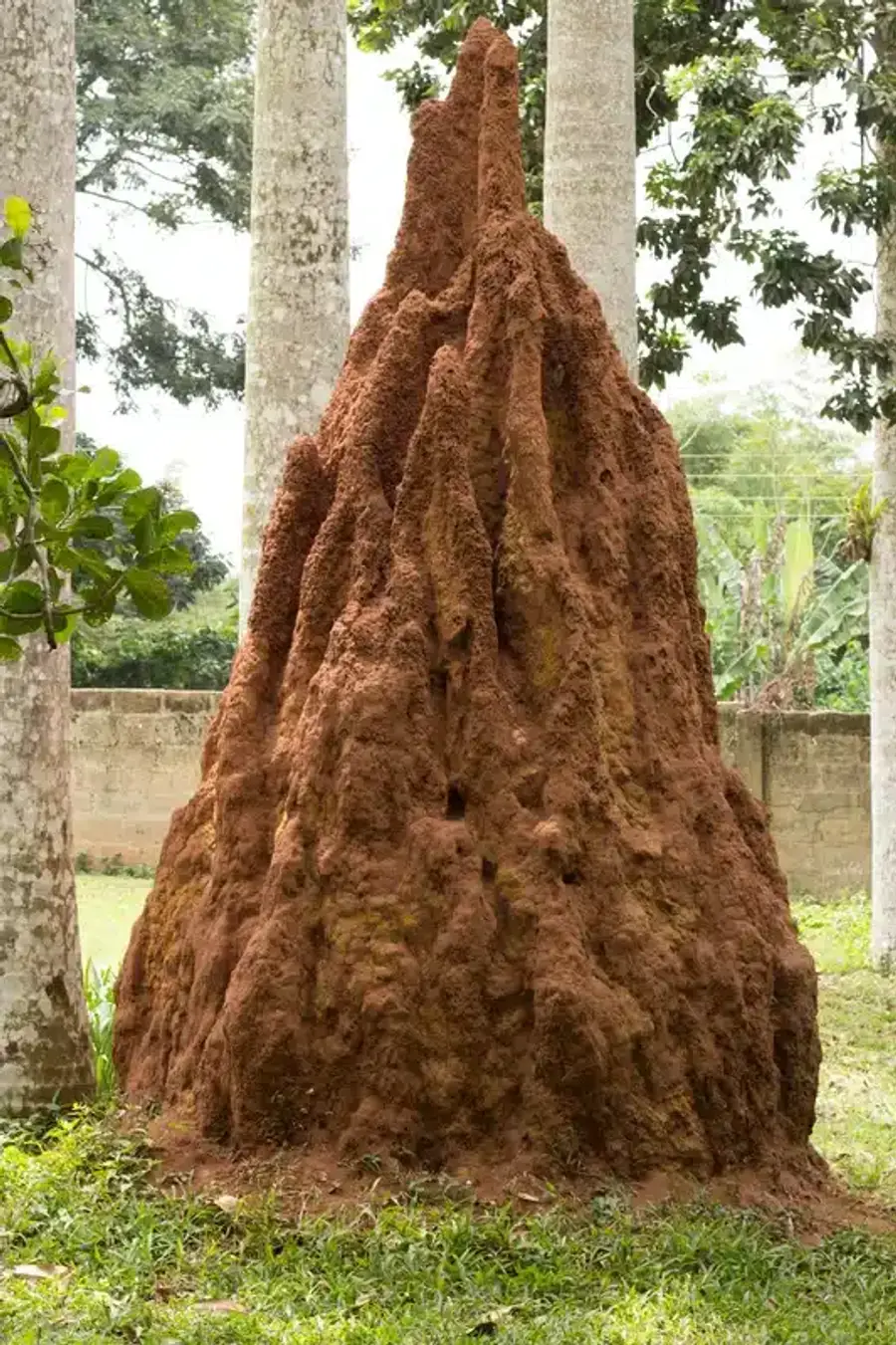
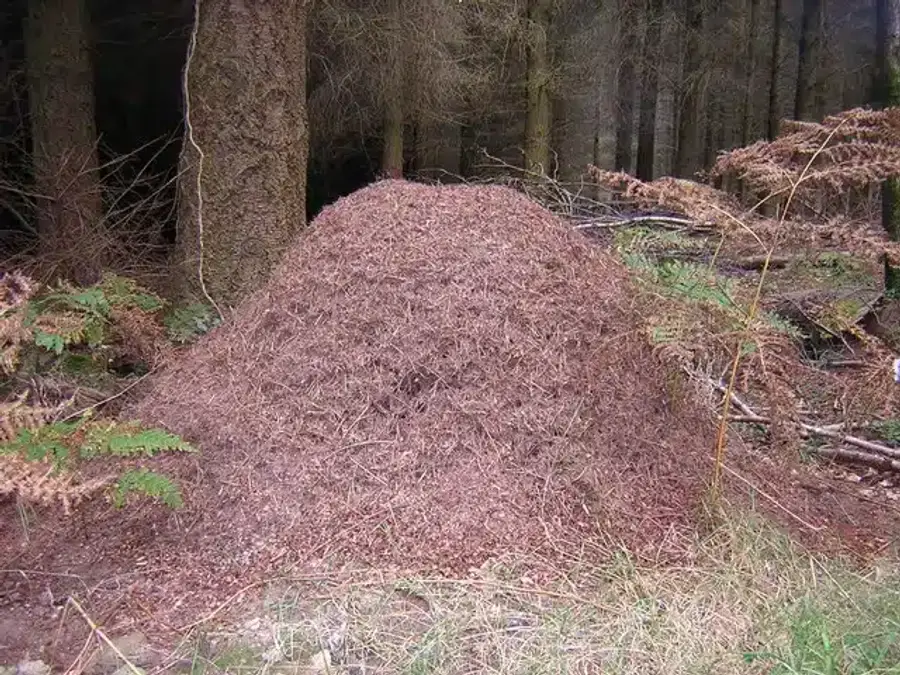
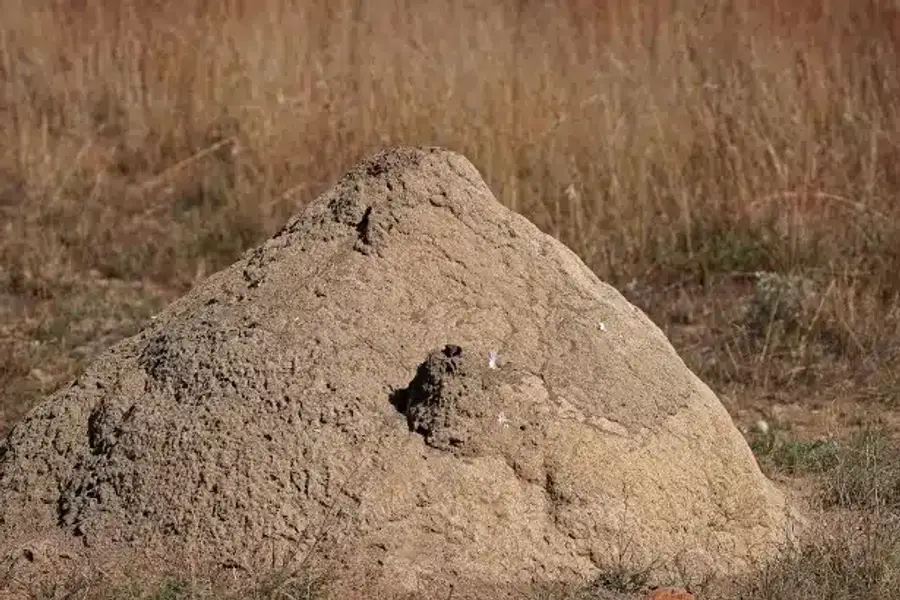
Place bait near foraging trails on warm days. Monitor bait stations and replace as directed. Check How To Keep Ants Away: Pro Techniques vs DIY Ant Control for details.
Conventional Ant Hill Treatment Strategies
When colonies pose risks, insecticidal strategies can deliver fast results. Choose methods based on ant species and infestation level.
Two-Step Method for Hybrid Fire Ants
Broadcast bait in spring and fall, then drench surviving mounds. This method yields about 90% mound reduction (Texas A&M).
Granular and Liquid Baits for Field and Pavement Ants
Apply broadcast or perimeter granular baits for turf ants. Use liquid baits near mound entrances to lure workers back to the colony.
Insecticidal Drenches and Dust Applications
If baits fail, drench mounds with bifenthrin or permethrin. Apply 1-2 gal per mound following label rates. Dusts can treat nest openings and voids.
Indoor Carpenter Ant Nest Treatments
Locate damp wood and replace or dry it. Use boric acid dust or fipronil gel in voids where satellites form. Follow indoor application guidelines.
Professional Ant Hill Treatment: The Better Method
Our licensed technicians start with an expert phone consultation. Then we perform a 78-point home inspection around your foundation.
We use EPA approved products vetted by our research team. We avoid 9 industry chemicals and choose options like Essentria and Alpine.
Seasonal protection plans include tri-annual visits (three times per year) and free callbacks until we hit your baseline. No binding contracts—cancel anytime with 30 days’ notice.
Find services in Arlington or Bethesda with Pest Control Arlington and Pest Control Bethesda.
Preventing Future Ant Hill Issues
Seal cracks and gaps in foundation and walls. Keep mulch and wood away from your house. Regularly inspect your yard for new mounds.
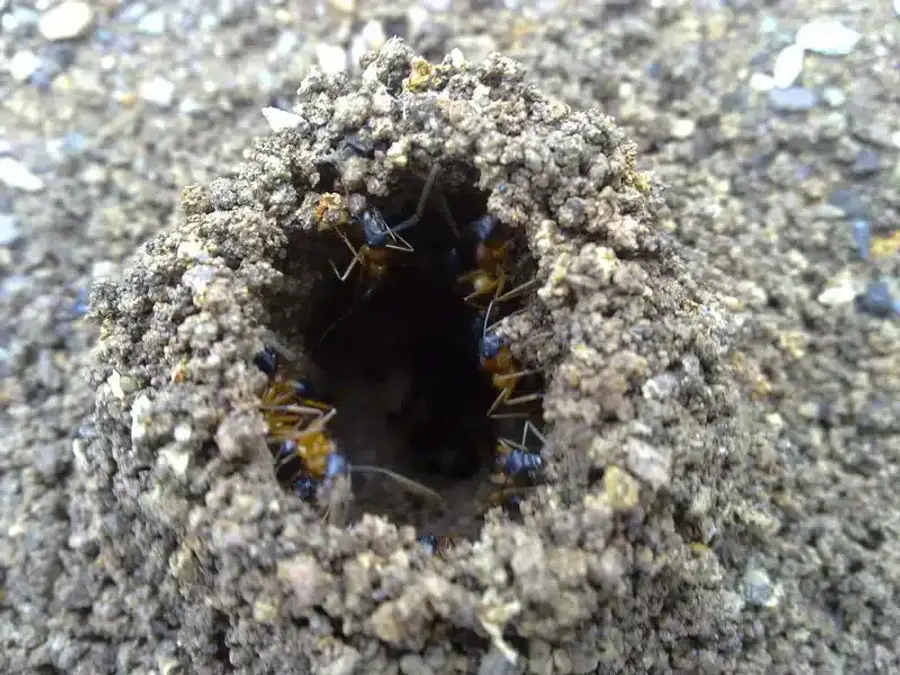
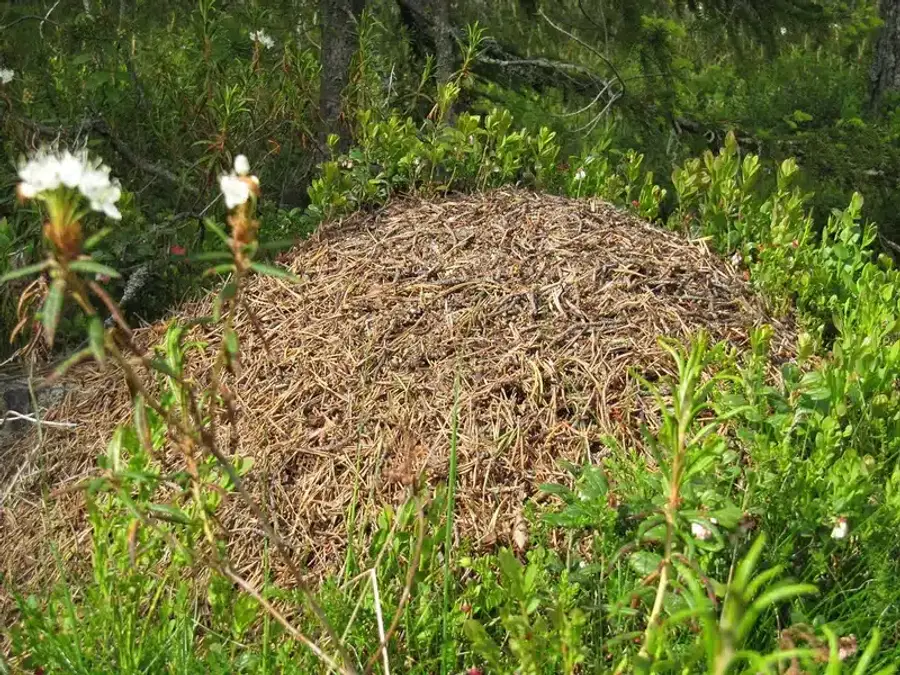
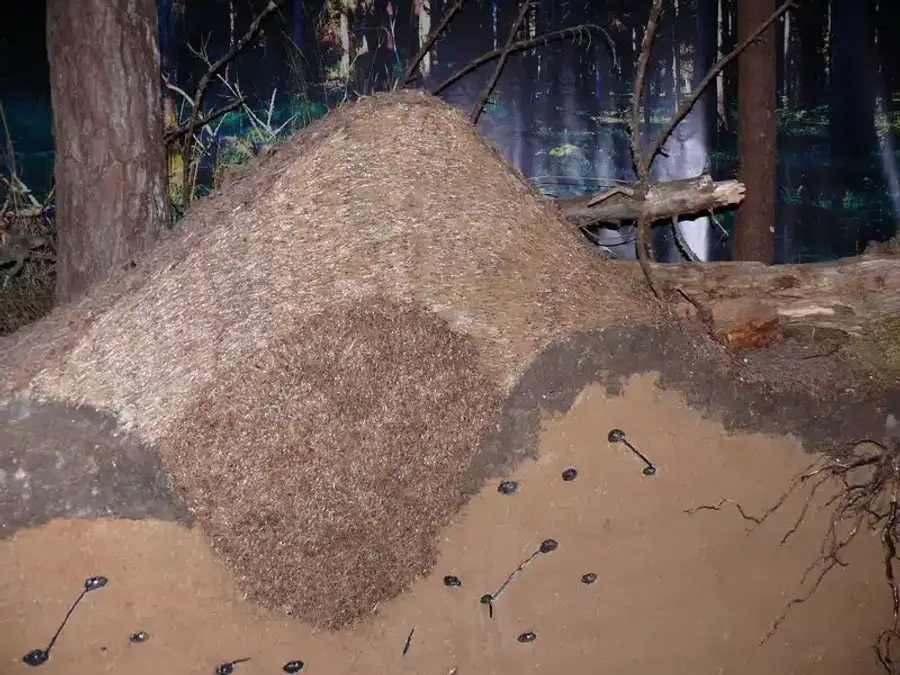
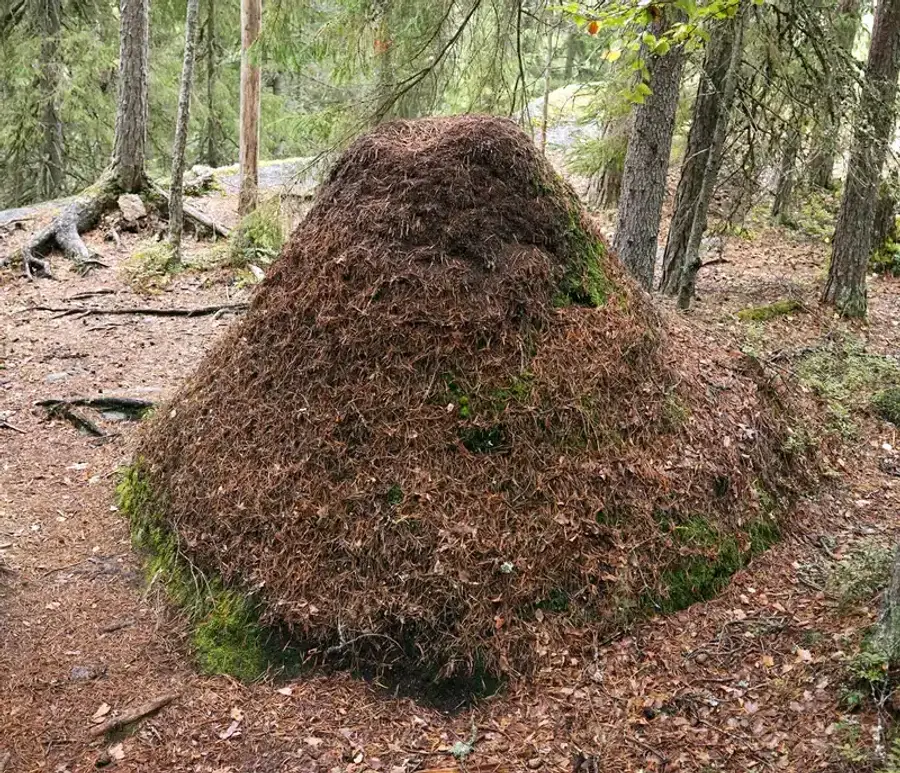
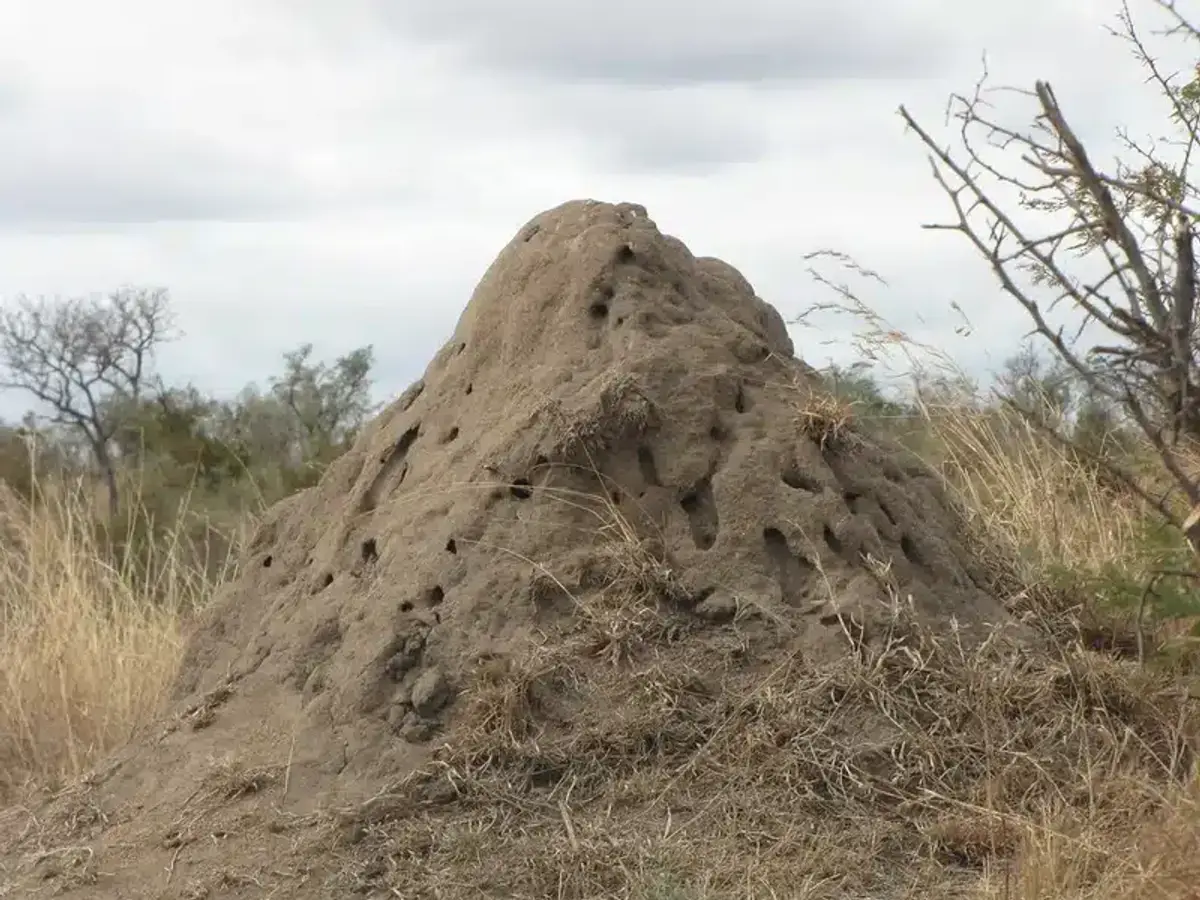
Maintain dry soil near structures by fixing leaks and improving drainage. Monitor ant activity after rain or warm days for early action.
Learn more about ant biology and control at our Ant Identification Chart and Pests Page.
Ready to tackle ant hills? Reach out for guidance or a treatment estimate. Call us at 703-683-2000 or email info@bettertermite.com.
Frequently Asked Questions
What attracts ants to build ant hills in my backyard?
+
Ants seek sunny, dry spots for brood care. They pick coarse soil particles for nest ventilation and fine soil for humidity control.
Are ant hills harmful to my lawn and garden?
+
Small mounds can aid aeration, but large domes cause mower damage. Fire ant mounds also pose sting risks and kill nearby plants.
Can flooding an ant hill eliminate the colony?
+
Flooding distracts ants but rarely kills the queen. Boiling-water drench works better but risks scalding and may need repeat treatments.
What is the most effective bait for ant hills?
+
Spinosad-based baits offer slow, colony-wide control in 2-4 weeks. For fire ants, broadcast baits with indoxacarb or hydramethylnon help most.
How long does it take for ant hill treatment to work?
+
Non-chemical methods may force relocation in days. Baits and insecticides often need 7-10 days to clear workers and brood.
When should I call a professional for ant hill removal?
+
If mounds sit near play areas or indoors, or if you face a fire ant infestation, a licensed technician can assess and treat effectively.
Can I prevent ant hills naturally?
+
Regular yard checks and habitat removal help. Seal entry points, remove wood debris, and manage soil moisture to deter nesting.
How do I report hybrid fire ants in Virginia?
+
Find a suspicious mound in far-SW Virginia? Report it to your local extension office or the Virginia Department of Agriculture and Consumer Services.
Do ants return after treatment?
+
Ants can recolonize treated areas if conditions stay ideal. Seasonal maintenance and habitat changes help keep new mounds at bay.
What products do you use for ant hill control?
+
We use EPA approved products like Essentria, Alpine, and Sentricon. Each meets our internal research standards for low environmental impact.
With five years of hands-on experience in the pest control industry, George Schulz is a registered technician with the Virginia Pest Management Association and a proud third-generation professional in a family business that's been protecting homes for over 57 years. He manages and trains a team of service pros while also leading internal research efforts—recently spearheading a deep-dive review of thousands of documents on pest control materials to hand-pick the most kid and pet friendly, most effective solutions tailored specifically for homes in the DC metro area.
